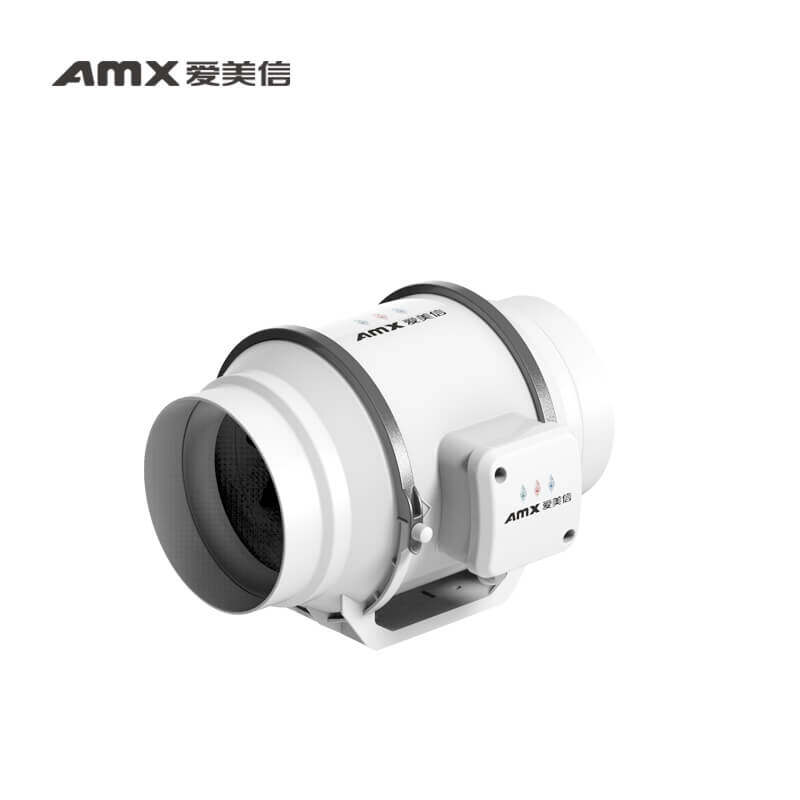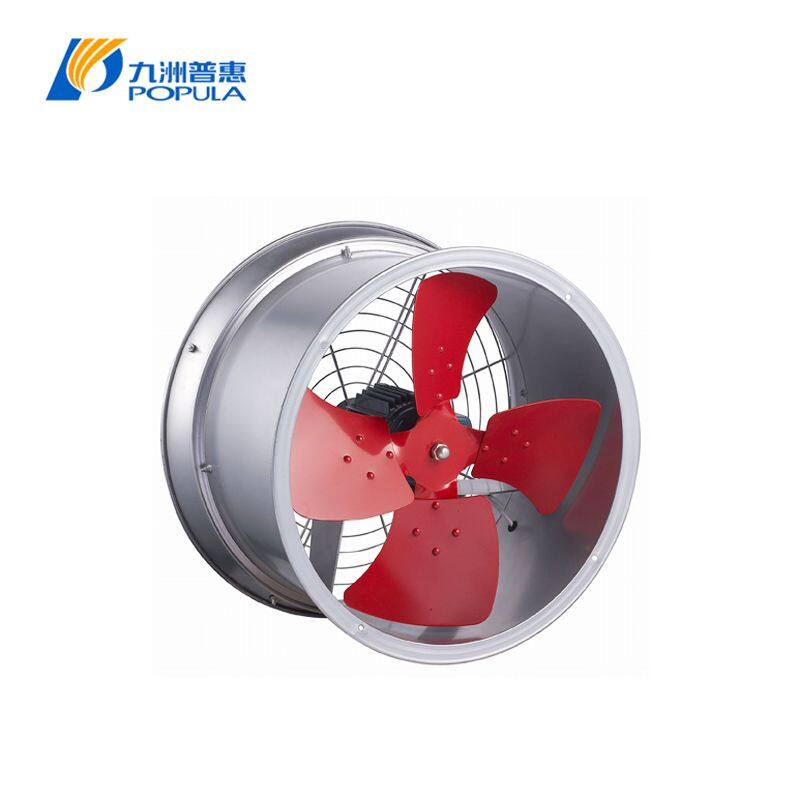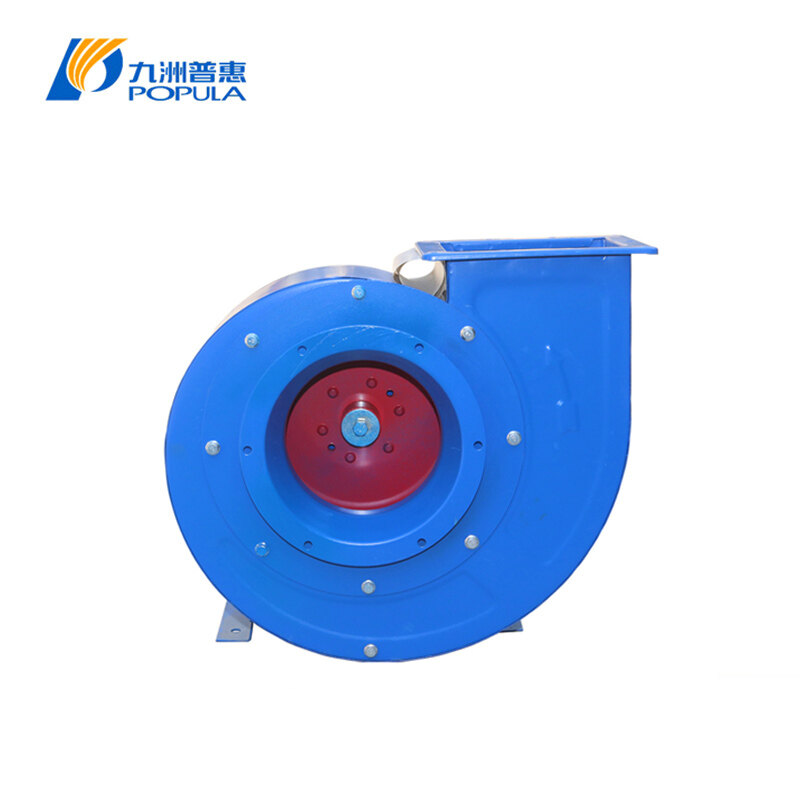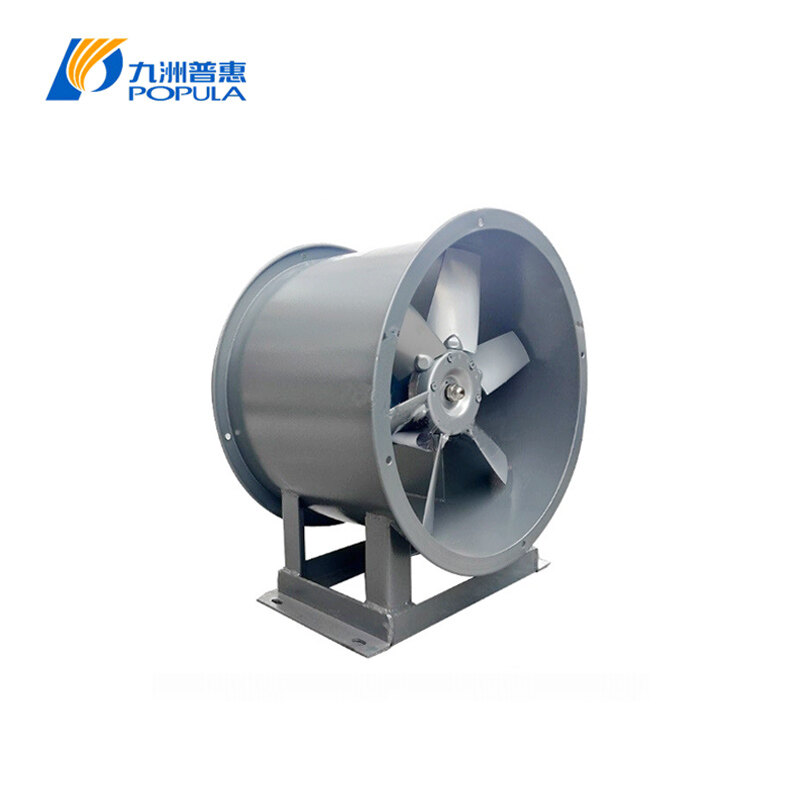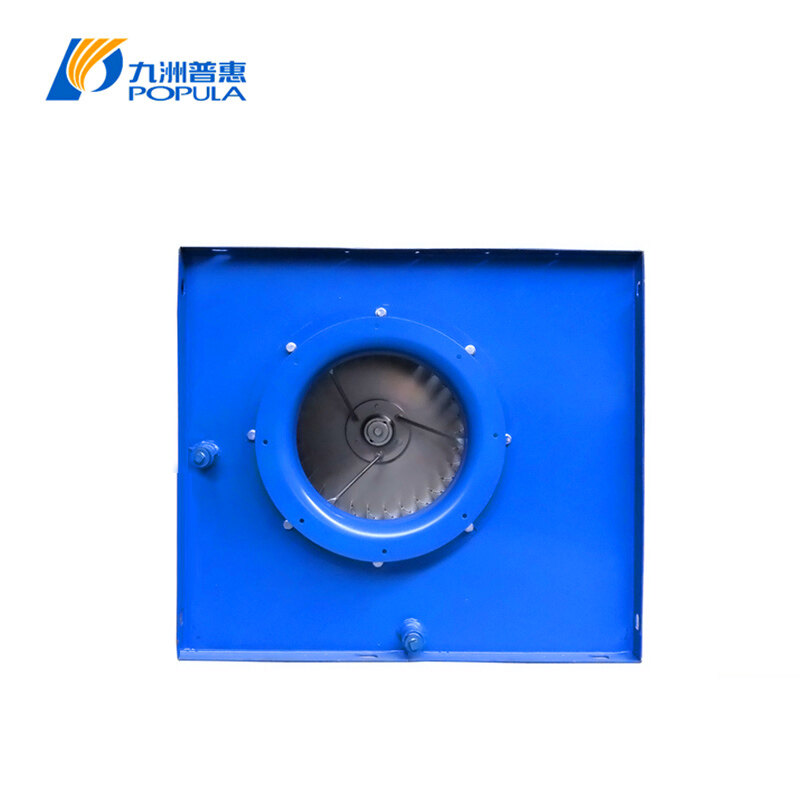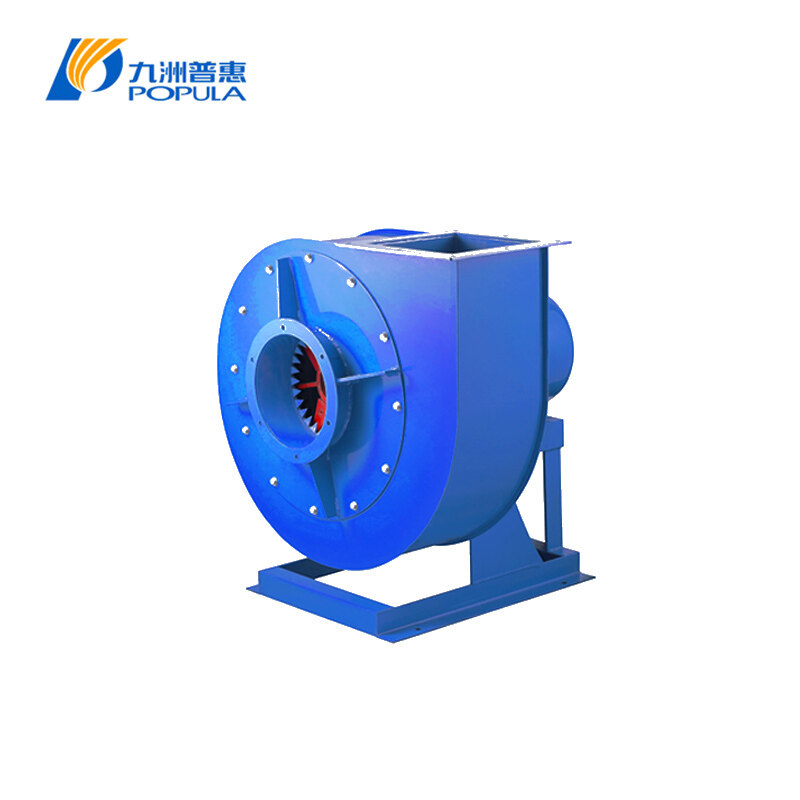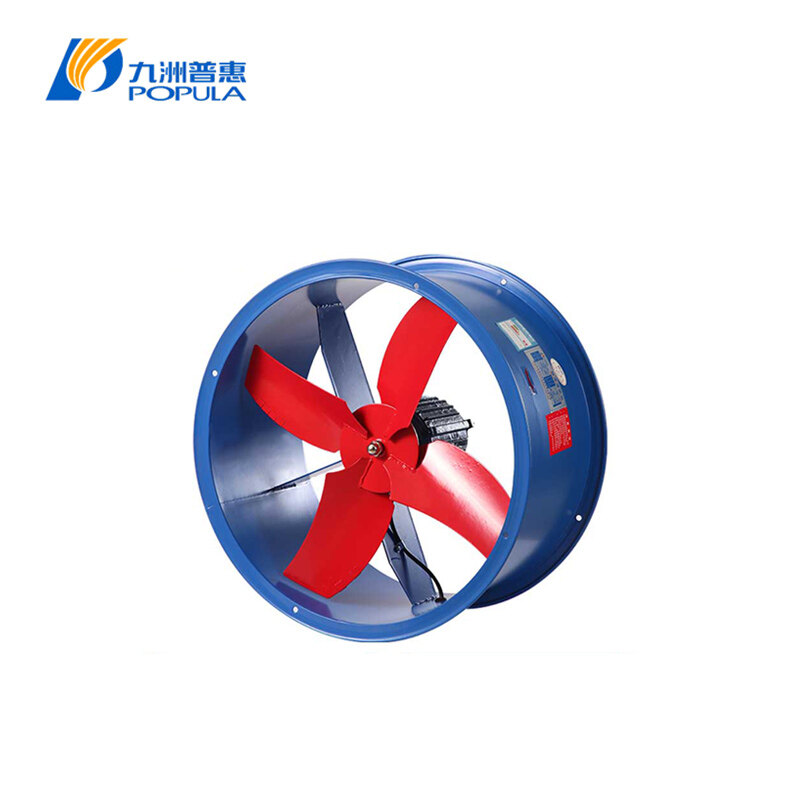When it comes to ventilation solutions, understanding the differences between various fan types is crucial for selecting the right system for your needs. Among the most commonly used fans in industrial and commercial applications are mixed flow fans and axial fans. This article will explore the main differences between these two fan types, helping you make an informed decision for your ventilation projects.
Introduction
Did you know that the choice of fan can significantly impact energy efficiency and air quality in your environment? Choosing between a mixed flow fan and an axial fan is not just a matter of preference; it can affect operational costs and system performance. In this article, we will delve into the characteristics, advantages, and ideal applications of mixed flow fans and axial fans, providing you with a comprehensive understanding to aid your decision-making process.
Mixed Flow Fans
Mixed flow fans combine the features of both axial and centrifugal fans, making them versatile for various applications. They operate by drawing air in parallel to the fan's axis and then discharging it at an angle, which results in a unique airflow pattern.
Design: Mixed flow fans typically have blades that are angled to facilitate both axial and radial airflow. This design allows them to achieve higher pressure than axial fans while still moving a significant volume of air. The blades are often constructed from lightweight materials such as aluminum or reinforced plastic, which enhances their efficiency and longevity.
Performance: They are known for their ability to handle high volumes of air while maintaining moderate pressure levels. Mixed flow fans can achieve static pressures ranging from 1 to 3 inches of water column, making them suitable for applications that require both airflow and pressure, such as in air handling units and duct systems.
Applications: Commonly used in HVAC systems, they are ideal for scenarios requiring efficient air movement with reduced noise levels. Their versatility also makes them suitable for industrial processes, commercial kitchens, and even in some residential applications where space constraints exist.
Mixed Flow Fan For Duct Ventilation
Axial Fans
Axial fans are designed to move air along the axis of the fan. They are one of the simplest and most efficient types of fans, widely used in various applications.
Design: Axial fans consist of blades that rotate around a central hub, creating a direct airflow path. The design typically includes a cylindrical housing that directs airflow efficiently. The blades can vary in number and pitch, affecting performance characteristics such as airflow and noise levels.
Performance: These fans are highly efficient for moving large volumes of air at low pressure, making them suitable for ventilation in large spaces. Axial fans can achieve airflow rates exceeding 100,000 cubic feet per minute (CFM), making them ideal for applications like warehouse ventilation and exhaust systems.
Applications: Commonly found in cooling towers, exhaust systems, and general ventilation, axial fans excel in situations where high airflow is essential. They are often used in industrial settings for cooling machinery, in agricultural applications for drying crops, and in residential settings for attic ventilation.
Mixed Flow Fan vs Axial Fan: Key Differences
|
Feature |
Mixed Flow Fan |
Axial Fan |
|
Airflow Direction |
Air is drawn in parallel and discharged at an angle |
Air is drawn in and discharged in a straight line |
|
Pressure Handling |
Moderate pressure capabilities, typically 1-3 inches of water column |
Low pressure capabilities, ideal for applications with minimal resistance |
|
Efficiency |
Balances airflow and pressure, suitable for various applications |
Highly efficient for high airflow, particularly in large spaces |
|
Noise Levels |
Generally quieter than axial fans due to design |
Can be noisier, especially at high speeds, depending on the blade design |
|
Applications |
HVAC systems, industrial ventilation, commercial kitchens |
Cooling towers, exhaust systems, agricultural drying |
Advantages of Mixed Flow Fans
Versatility: Suitable for various applications, including those requiring both high airflow and moderate pressure. This versatility allows mixed flow fans to be used in diverse environments, from industrial facilities to commercial buildings.
Noise Reduction: Typically operate at lower noise levels, making them ideal for environments where sound is a concern, such as offices or residential areas. Their design minimizes turbulence, which contributes to quieter operation.
Energy Efficiency: Their design allows for effective energy use, which can lead to lower operational costs. Mixed flow fans often feature energy-efficient motors that comply with modern energy standards, contributing to overall sustainability.
Advantages of Axial Fans
- Simplicity: Their straightforward design makes them easy to install and maintain. This simplicity often translates to lower installation costs and reduced downtime for maintenance.
- Cost-Effectiveness: Generally less expensive than mixed flow fans, making them a popular choice for budget-conscious projects. Their lower initial investment can be appealing for large-scale applications where multiple units are required.
- High Airflow: Excellent for applications needing to move large volumes of air quickly. Axial fans are particularly effective in environments where rapid air exchange is necessary, such as in exhaust systems or cooling applications.
Conclusion
Choosing between a mixed flow fan and an axial fan ultimately depends on your specific ventilation needs. If you require a fan that offers a balance between airflow and pressure with lower noise levels, a mixed flow fan may be the best option. Conversely, if your primary goal is to achieve high airflow at a lower cost, an axial fan could be the right choice. By understanding more details about the mixed flow fan vs axial fan, you can make informed decisions that enhance your ventilation systems and improve air quality in your spaces.
For tailored ventilation solutions that meet your specific requirements, consider reaching out to AMX. With over 20 years of experience in the industry, we are committed to providing high-quality, energy-efficient ventilation fan solutions that enhance air quality and operational efficiency.


